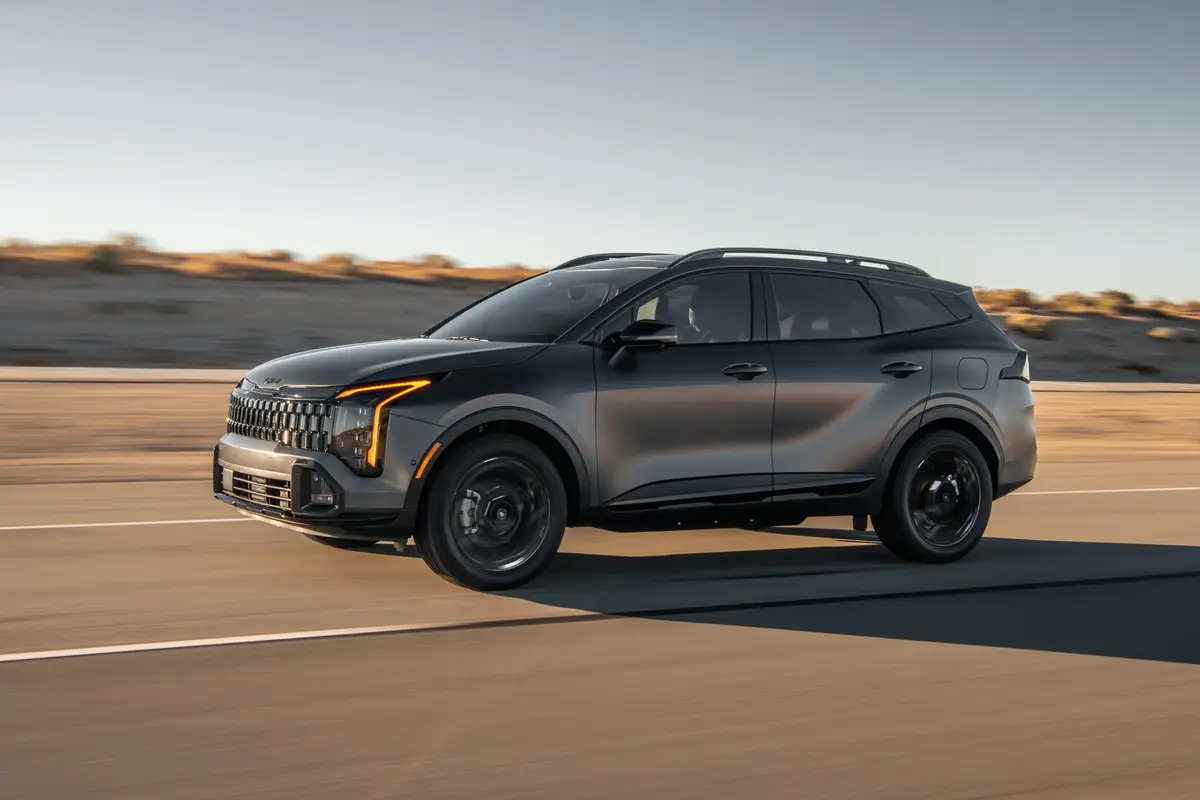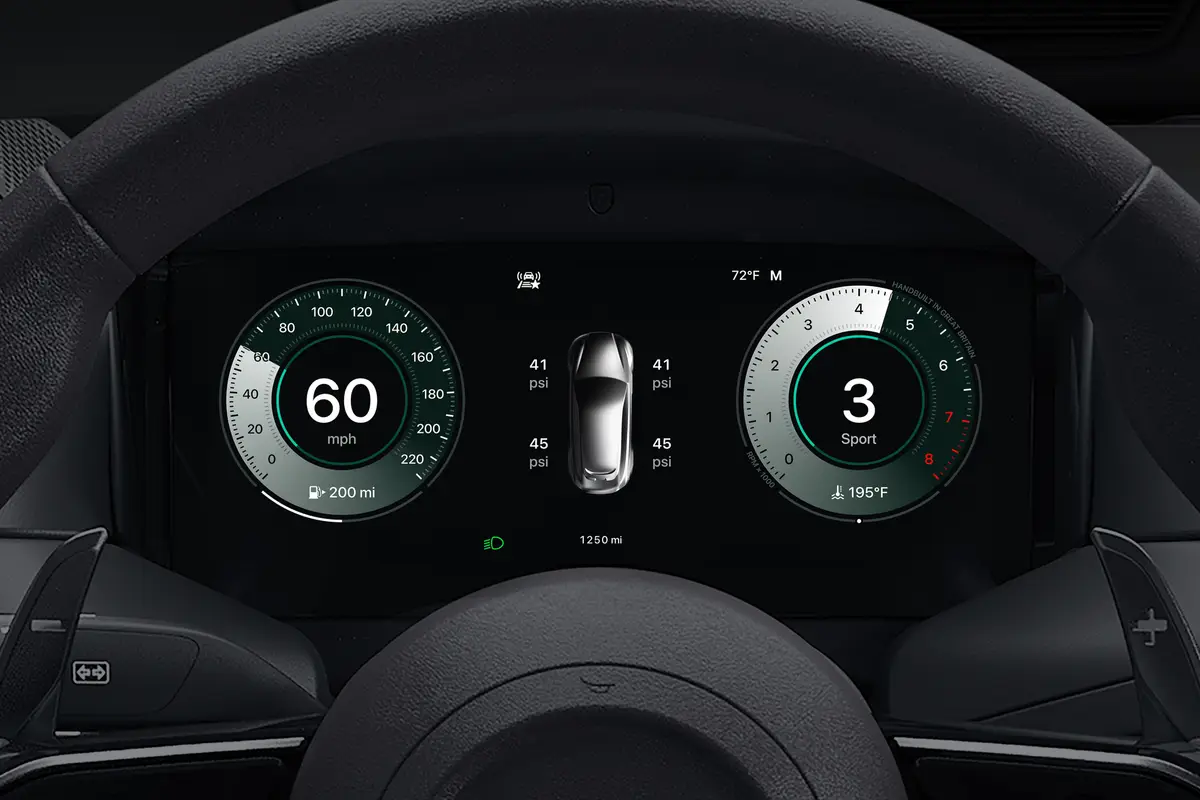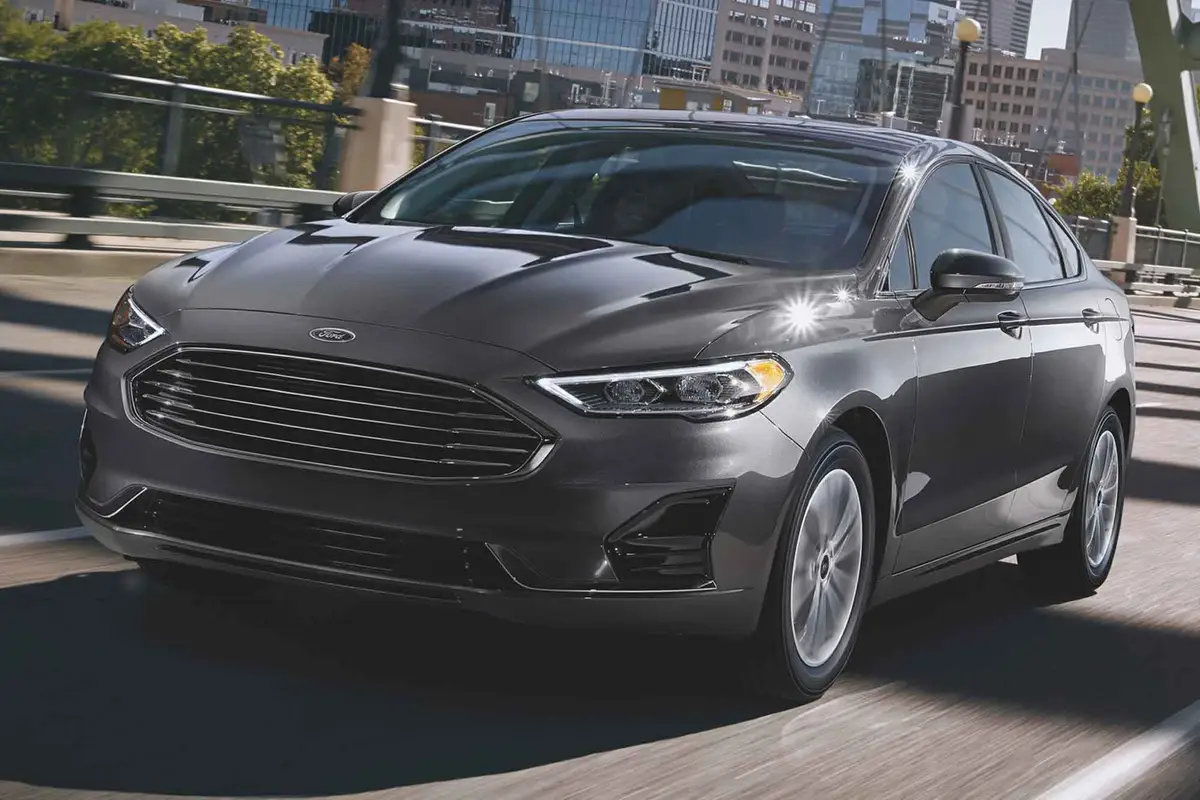Orlando Sentinel's view
I’ve learned a few things in five years of test-driving new cars.
First, it’s vitally important to keep an open mind, especially when you are about to test-drive a car built by a manufacturer with a bad reputation. Each car I test stands – or falls – on its own merits.
I also have learned that automakers can change the way they build cars and the way they do business from one year to the next. These days automakers are continually improving their products. They have to in order to survive. Sometimes improvements come in the form of new models, but mostly I see changes in the way parts are designed and in the way vehicles are assembled.
Korea’s Hyundai is a company that is fighting a battle to repair a bad reputation. Hyundai’s first model sold in the United States, the Excel of the mid-’80s, literally fell apart. But Hyundai has come a long way since its original Excel. It has learned from its mistakes and is building cars that have been greatly improved over the original models.
This week’s test car, the all-new Sonata, could do much to convince car buyers that Hyundai has seen the light.
The new Sonata is a fundamentally decent car. It has plenty of interior room, comes nicely equipped and performed flawlessly during the week I tested it.
PERFORMANCE
Our test car, the base model Sonata, came with a very peppy 16-valve, 2.0-liter, four-cylinder engine that was designed in Japan by Mitsubishi. The double-overhead cam engine delivered performance that was very pleasing, though sometimes raucous. For instance, I found that the engine can get loud and buzzy when it is revved hard.
The four-cylinder is the Sonata’s base engine. A 3.0-liter V-6, also based on Mitsubishi technology, is optional. The four-cylinder engine should be just fine for most drivers.
Our car was equipped with the optional Mitsubishi-made four-speed automatic transmission ($780), which sometimes dulled the performance of the four-cylinder engine. With the air conditioner running and three or four passengers onboard, the engine sometimes struggled – something that probably wouldn’t have happened with a stick shift.
In most instances, however, the Sonata was lively and responsive – almost quick.
The 2,908-pound sedan accelerated strongly to 60 mph. However, the engine got a little noisy when it reached about 5,000 rpm, just before shifting up into the next gear.
Transmission shifts are generally smooth and well-timed. But the Hyundai shares one nasty characteristic with the Mitsubishi products I have driven. Before shifting from reverse to drive, you must come to a complete stop, because if you shift into drive when the car is still rolling backward, the Sonata will lurch forward violently enough to throw you against the back of the seat. I’ve never experienced anything like this before, and no one at Mitsubishi I have talked to can explain why it occurs with this automatic transmission.
Fuel economy was a very respectable 22 mpg in the city and 30 mpg on the highway.
HANDLING
Hyundai engineers have done a fine job making the new Sonata quiet over the road.
A stiffer body structure – some 20 percent more rigid than last year’s Sonata – helps the suspension system do a better job of displacing the energy generated by bumps.
Also, Hyundai has added more body padding underneath the carpet and between the engine compartment and interior to help absorb engine and road noise.
The Sonata’s suspension provides a soft, but semisporty ride. Though you won’t confuse the Sonata’s ride with that of a BMW sports sedan, the Hyundai can hold its own against many of its competitors, such as the Chevrolet Cavalier and Ford Tempo.
The Sonata is outfitted with four-wheel independent suspension, power-assisted brakes and power-assisted rack-and-pinion steering, which takes little effort.
The 34-foot turning ratio makes the car fairly eas to steer in tight areas. The brakes – discs up front and drums in the rear – are actually quite good in normal driving.
FIT AND FINISH
Except for the front seats, the new Sonata turned out to be a pleasant surprise in the way it was designed and assembled.
The pleated front bucket seats were a little too soft, and they were covered with gaudy-looking blue cloth upholstery. They weren’t uncomfortable, but they also didn’t offer much in the way of lower back support.
Curiously, the rear seat was quite firm and comfortable. Too bad the front seats weren’t as good.
Visibility was excellent, and the rear-seat room is better than what you will find in the Honda Accord, Nissan Maxima and Toyota Camry, as well as many similar-sized American cars. The trunk also is large and it was easy to load because the lip of the trunk lid extends all the way down to the bumper.
Hyundai has taken an interesting approach in packaging the Sonata’s options. All Sonatas come with ozone-friendly air conditioning, tilt steering wheel and a very good AM/FM cassette radio.
However, you don’t get such things as power mirrors and windows and door locks on the base model.
On most other competitive cars, you pay extra for air conditioning. The air conditioner, by the way, gets high marks for its powerful fan and for cooling the car quickly in temperatures that reached the upper 80s.
The gauges, analog units housed in a one-piece curving dash, are sensible-looking and easy to read.
In cars with the optional automatic transmission, a row of lights located between the tachometer and speedometer indicate which gear the car is in. Nice touch.
Two pop-out cupholders are located near the radio. The car also is equipped with dual air bags.
The $14,000 sticker on our test car makes the new Sonata a very serious contender for buyers looking for an inexpensive mid-size car.
Hyundai’s comprehensive warranty shows that the Korean automaker has faith in the improvements made by its engineers.
I wouldn’t say the Sonata is designed and built quite as well as the best Japanese makes today, but it isn’t priced like the Japanese cars, either.
I think the Sonata is about equal to where the Japanese were maybe five years ago in terms of design, assembly and price – and that’s not such a bad place to be.
Truett’s tip: The roomy new Sonata has the potential to repair Hyundai’s badly dented reputation. It’s a tightly built car that delivers reasonable performance and solid value.
Latest news



